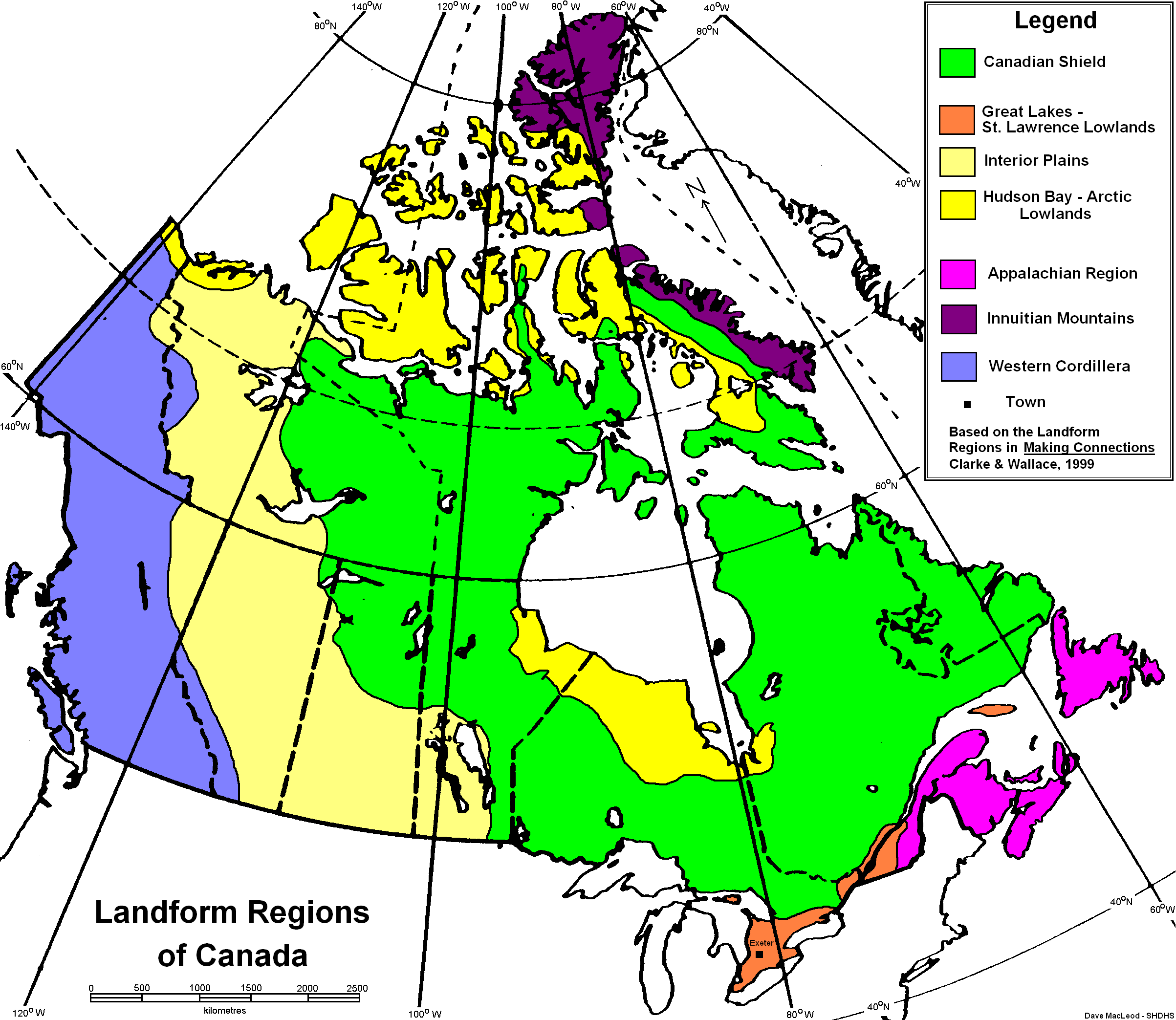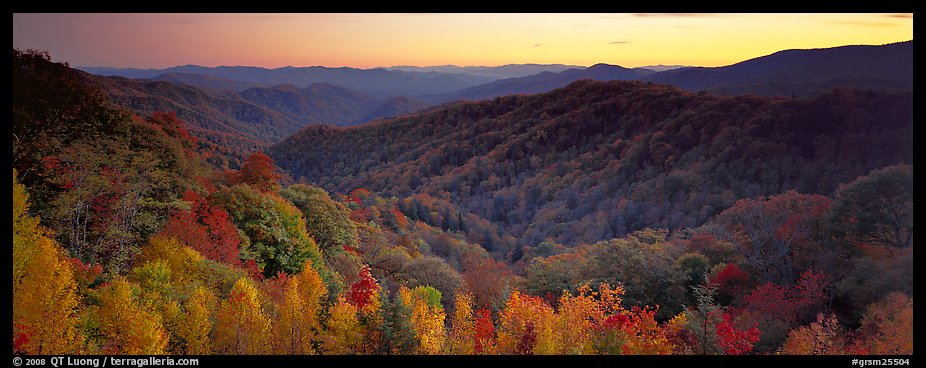Geography

The above image is that of Canada's Landforms. The neon pink, in the bottom right corner is the Appalachian region.
The Appalachia region lies between the St. Lawrence Lowlands and the Atlantic Continental shelf. It is a mosaic of uplands, lowlands and complex rock structures that were formed by tectonic movement 480-280 million years ago. Smooth topped uplands and lowlands are of a result of regional uplift as well.
Climate
This region is affected by two ocean currents, the Labrador currents which brings cold water south from the Arctic and causes freezing water and cold fronts. As well as the Gulf Stream, which brings warm water north from the Caribbean.
During the winter is when it receives most of its precipitation in the form of snow, and also in the winter, it receives more sun. The general consensus is that the area is very temperate and humid. However, the northern part of the region experiences extremely long, cold winters and short, hot summers. The soil in the region is called Ultisoil, which contains a large amount of clay, is acidic and doesn't contain fertilizer very well.

Halifax Climate graph

Charlottetown Climate graph

Fredericton Climate graph
Climate change will impact the Appalachia is different ways. For example many trees will die because the soil will be too dry from an increasing number of late season droughts and moisture deficits. Many flora and fauna will find the environment unsuitable and leave or die off.

This is a photo of an over-exaggerated example of what can happen in the Appalachian region from climate change.
Flora and Fauna
The Appalachia is known for valuable timber, such as spruce, white pine, hemlock, juniper, birch, ash, maple and basswood, which is used to paper and pulp. The there is extensive oak and hickory which is very common hard woods, used for furniture and flooring.

This is a picture of a Appalachian forest filled with different varieties of trees.
Some common fruit bearing shrubs are the rhododendron and the Kalmia.
The animals that have adapted to living in the vast mountains are bears,wildcats (Bobcat, Lynx) and wolves. They have adapted to the region by adjusting to their environment and finding their place in their niche, and in some parts it is different according to the surroundings.The foxes, deer and moose live in the northern district, and they adapted by developing thicker fur and skin to withstand the harsh winters.

A fox that might be seen in the Northern District.
Human Geography
This region has about 10 to 64 people per km2 in larger cities to as low as 0.4 to 10 people per km2 in some more remote areas. The major cities are the capitol cities, Fredericton, Halifax, St. John's and Charlottetown. Only about 50% of the land is usable for agriculture in the Appalachia, so the major industries are fishing, forestry and mining.

The city of Halifax.
Economy
Before European contact, the first nations that inhabited this land hundreds of years ago fished and farmed, and they are both still practiced today. A major industry for this region, as it is a coastal area, is fishing. The primary source of agricultural income comes from farming the red potato soils of PEI and New Brunswick, and also the orchards in Nova Scotia's Annapolis Valley.
Many ports have been established here, for trade with Europe and the Eastern United States is so accessible. Also, many oil deposits have been found and developed of the coast there ports, such as the one found off the coast of Halifax.

Red Potato fields in PEI.
Environmental Concerns
One environmental issue that the Appalachian region has been dealing with is the mountain-top removal method of coal mining. It is a highly destructive process and it only generates 5-10% of production in the US and the only benefit is a high profit for the mining companies. The only alternative solution that has been posed is to stop because it doesn't generate that much coal and it is such a destructive force in the region. I agree with the suggestion to stop, for all the same reasons. The companies have taken these accusations into account yet they still will not stop. So far no further action has taken place to stop the mining.

Mountain-top removal coal mining.
Comparison
Most of Europe, East Australia and East China have similar climates to the Appalachian region. Mostly Europeans came and settled the Appalachia so they adapted in the same way. Major economic activities in Europe are agriculture, forestry, fishing, tourism, international trade, mining, manufacturing and transportation, so much the same as the Appalachians.

Italy Climate graph

Halifax Climate Graph
Halifax and Italy are similar in their temperatures and rainfall in the winter months.
No comments:
Post a Comment